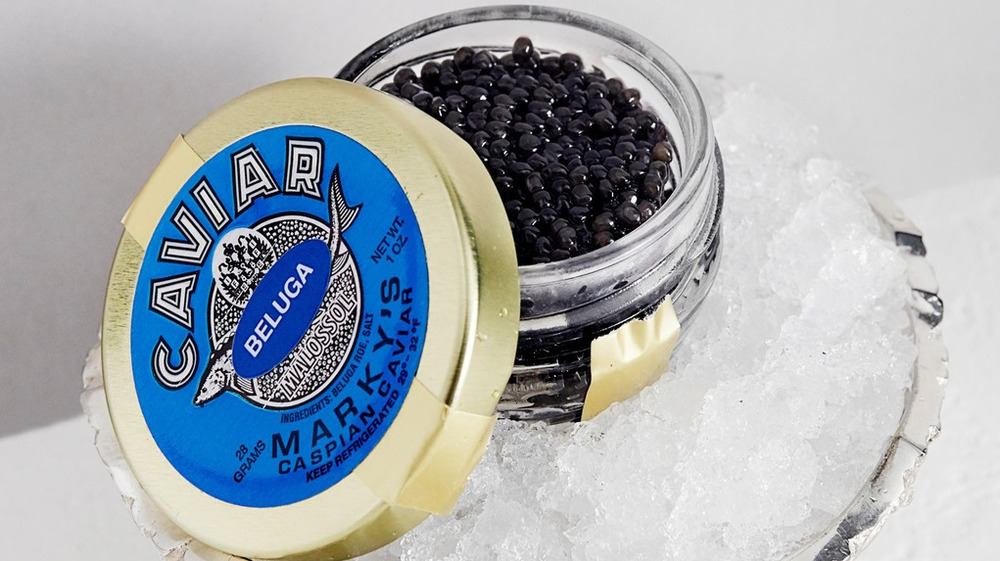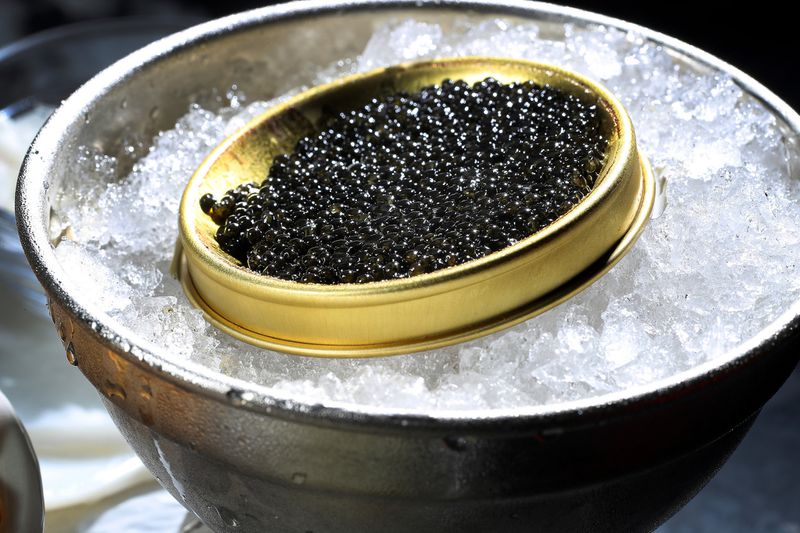Caviar myths and misconceptions: Separating fact from fiction
Caviar is a luxurious food that has long been shrouded in mystery and misconception. From its origins to its production and consumption, there are many myths and myths that have persisted throughout the years. In this blog post, we will explore some of the most common caviar myths and misconceptions, and separate fact from fiction.

Myth #1: Caviar is only for the wealthy.
While it is true that caviar is often seen as a luxurious and expensive food, it is not exclusively for the wealthy. In fact, there are many different types of caviar available at a range of price points. From farm-raised sturgeon caviar to more affordable options like salmon or trout roe, there is a caviar for every budget.
Myth #2: Caviar is only eaten by the elite.
Caviar may have a reputation for being a food of the wealthy, but it is enjoyed by people from all walks of life. While it may not be a regular part of most people's diet, it is often served at special occasions and celebrations. Caviar can also be found at some high-end restaurants and gourmet food stores, making it more accessible to a wider audience.
Myth #3: Caviar is only served on crackers.
While crackers are a popular choice for serving caviar, they are by no means the only option. Caviar can be served on a variety of different types of bread, as well as on top of toast points, blini, or hard-boiled eggs. It can also be used as a garnish or ingredient in dishes like caviar pasta or caviar-topped sushi.
Myth #4: All caviar is the same.
There are many different types of caviar, each with its own distinct flavor and texture. Caviar is produced from a variety of different fish species, including sturgeon, salmon, trout, and more. Each type of caviar has its own unique characteristics, from the size and color of the eggs to the flavor and texture.
Myth #5: Caviar is unhealthy.
Caviar is often considered an indulgence food, but it can actually be quite nutritious. Caviar is high in protein, omega-3 fatty acids, and other essential nutrients. It is also relatively low in calories, making it a good choice for those watching their weight. Of course, as with any food, it is important to consume caviar in moderation as part of a well-balanced diet.
Myth #6: Caviar shouldn't be stored in the fridge.
Caviar should be stored in the coldest part of the fridge, ideally between 28 and 34 degrees Fahrenheit. It should also be kept in a sealed container and consumed within a few days of opening to ensure freshness.
Myth #7: Caviar should be served chilled.
While it is true that caviar should be kept cold, it should not be served straight from the fridge. Caviar is best served at room temperature, as the cold temperature can mask the flavor and texture.
Myth #8: Caviar is difficult to pair with wine.
Caviar is actually quite versatile when it comes to wine pairing. Champagne and other sparkling wines are a classic choice, but other options like dry white wines, rosé, and even red wines can work well with caviar. It is important to choose a wine that complements the flavor and texture of the caviar, rather than overpowering it.
In conclusion, caviar is a fascinating and delicious food that has been the subject of many myths and misconceptions throughout the years. From its exclusivity and consumption to its storage and pairing with wine, there are many misconceptions that have persisted. However, as we have explored in this blog post, the reality is often much different. Caviar is a luxurious food that can be enjoyed by people of all walks of life and at a range of price points. It is also a nutritious food that can be enjoyed in moderation as part of a well-balanced diet. While it is important to store caviar correctly and serve it at the right temperature, it is also versatile when it comes to pairing with wine. The next time you enjoy caviar, remember to separate fact from fiction and appreciate this delicious delicacy for what it is.






